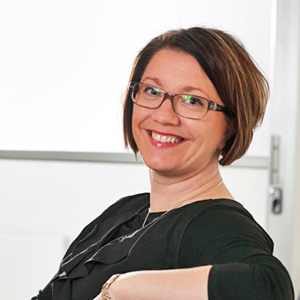
Better off without packaging?
The basic functions of packaging are to protect and transport a product in the logistics chain, to visually sell the product, and to provide a canvas for product information. The EU’s Circular Economy Package gives packaging a new duty in addition to these basic tasks: it needs to be recycled and recovered.
Developments in the packaging industry are huge. In many companies, the idea of “safety first” has already been replaced by “sustainability first”. They are willing to make changes but the value of the changes is still unclear.
In terms of legislation and international targets, we comply with the decisions made by the European Union, and every packaging specialist tries to stay on top of what is happening.
Optimising the use of materials is a reasonable goal for all of us and one that is worth promoting as we wait for legislation and targets to become clearer. Of course, optimising the use of material also has its challenges.
When do we reach the point when there is enough, but not too little, packaging material such that it does not endanger the quality of the product, is suitable on all kinds of production lines and has the right price? When do we have enough mandatory information on the new, material-saving packaging, without compromising the appearance?
When do we reach the point when there is enough, but not too little, packaging material?
As packaging specialists work hard on the challenges of optimisation, the media questions the importance of packaging in general. The loudest critics believe that products would be better off without packaging.
This topic could be discussed endlessly, while specialists beaver away. Is the packaging industry up to the new developments? Or is the truth the same as the opinion of each individual?
Packaging specialists are facing new challenges: a world where communications are open, quick and unforgiving and where consumers demand to see quick solutions.
Under this pressure, the specialists can comfort themselves with the idea that it is likely that we all share the same target. We need to use packaging more efficiently; littering must be controlled and materials must be part of circular economy. Then again, there are few things more rewarding than being able to create something new and important in the current situation.
The industry is buzzing like seldom seen before, and the variety of packaging materials has never been so extensive. Even if we are forced to make changes to our old ways, this also means great new opportunities.
After all, packaging is not evil, and products are not better off without packaging. Packaging will continue to provide safe and intact products without irresponsible wasting of resources and food waste. If we all work together, we can give packaging a new, valuable life in a new material.
Hanna Lehtonen
Senior Manager, Packaging Development
Fazer Confectionery